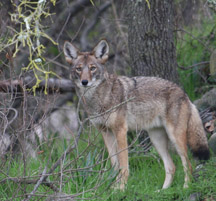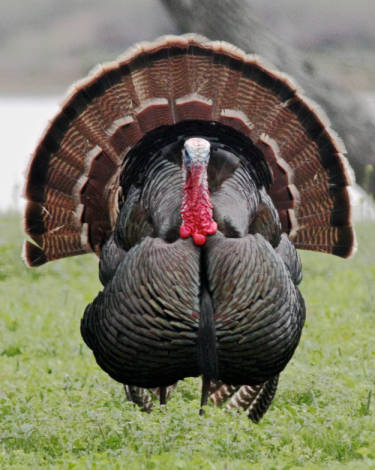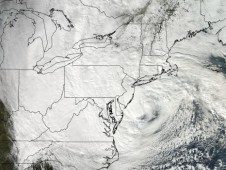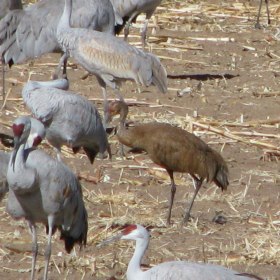 It’s not so much of a mystery, as a quirky little crane that has attracted media attention nationwide. Back in November, Bosque del Apache National Wildlife Refuge in New Mexico posted a photo on its Facebook page of a crane that was darker, thinner, smaller and had more compact feathers than the flock of sandhill cranes it was with.
It’s not so much of a mystery, as a quirky little crane that has attracted media attention nationwide. Back in November, Bosque del Apache National Wildlife Refuge in New Mexico posted a photo on its Facebook page of a crane that was darker, thinner, smaller and had more compact feathers than the flock of sandhill cranes it was with.
The refuge is known for its sandhill cranes, so it made sense that this was simply a color morph, or a crane that had preened dark mud into its feathers. But the guessing game had begun, with the most outrageous guess supposing that this was a hybrid between a sandhill crane and a trumpeter, native to South America.
The photo of the bird that is getting the most exposure is by Clint Henson of the New Mexico Department of Game & Fish.
Read more about the guessing game in the San Francisco Chronicle, here.
The Bosque del Apache NWR Facebook page is worth a visit just for the many stunning photos, of cranes, other creatures and beautiful vistas.
Photo: Mystery crane and sandhill friends, courtesy of the Bosque del Apache National Wildlife Refuge.

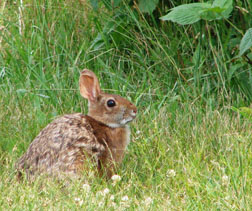
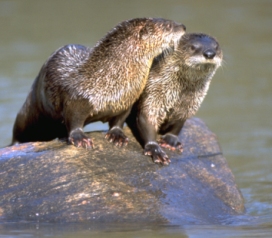 River otters now occupy more than 80 percent of Indiana counties, says Scott Johnson, nongame biologist with the
River otters now occupy more than 80 percent of Indiana counties, says Scott Johnson, nongame biologist with the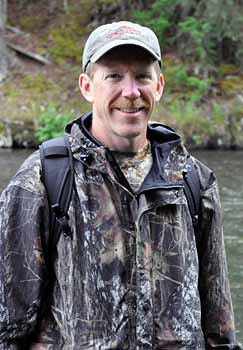 In Utah, Greg Sheehan has been named as the new director of the Division of Wildlife Resources, according to a recent press release from the division.
In Utah, Greg Sheehan has been named as the new director of the Division of Wildlife Resources, according to a recent press release from the division.